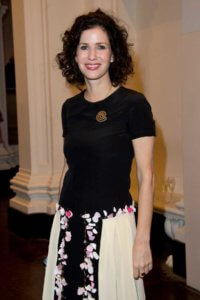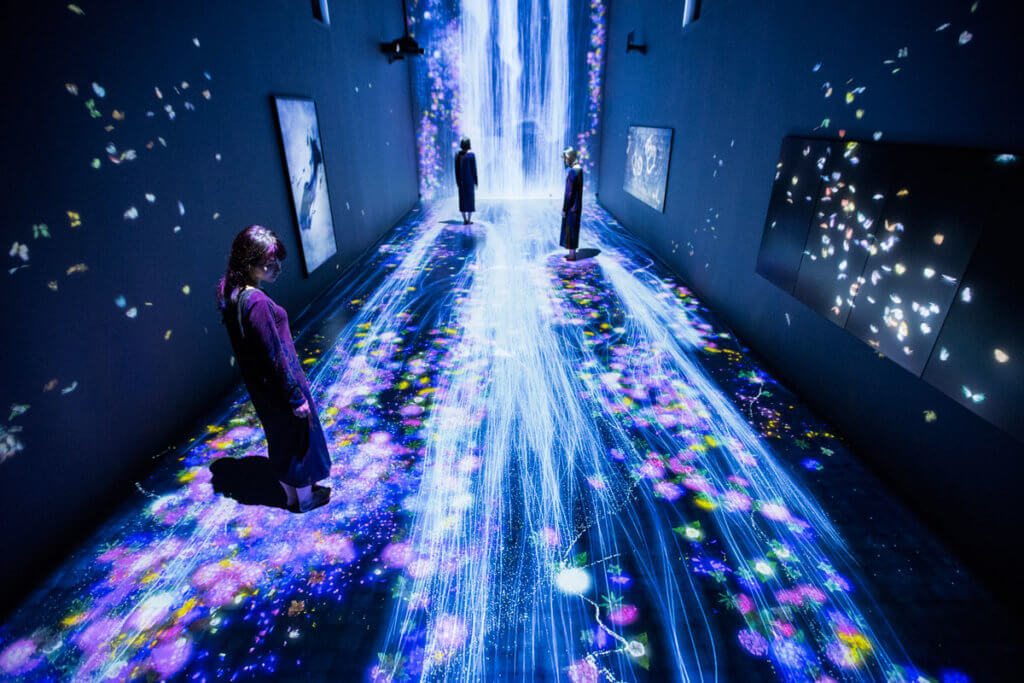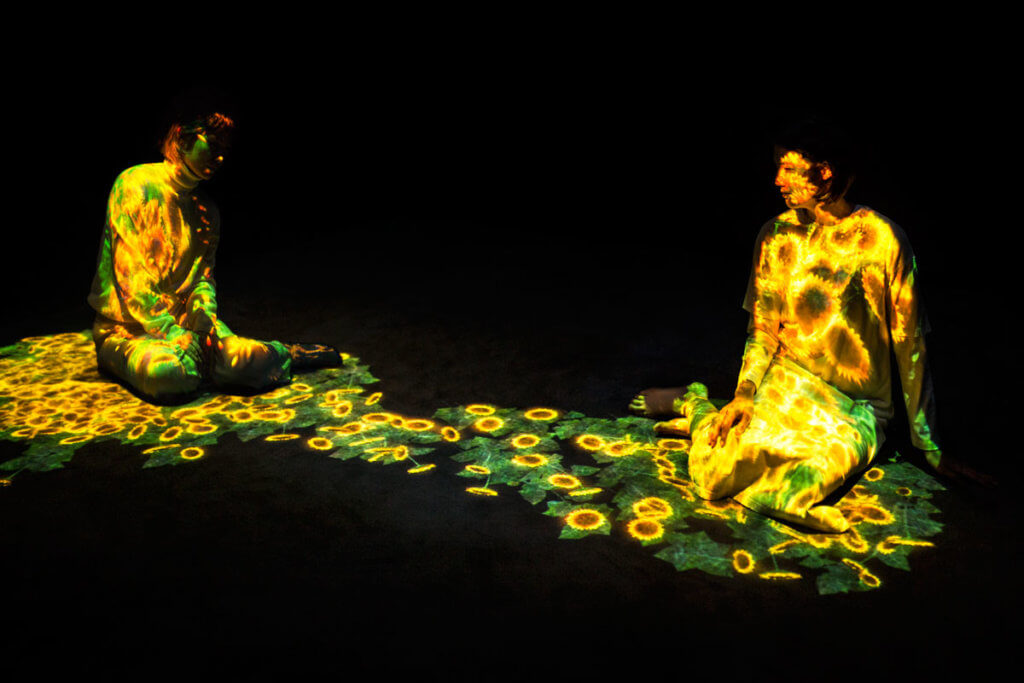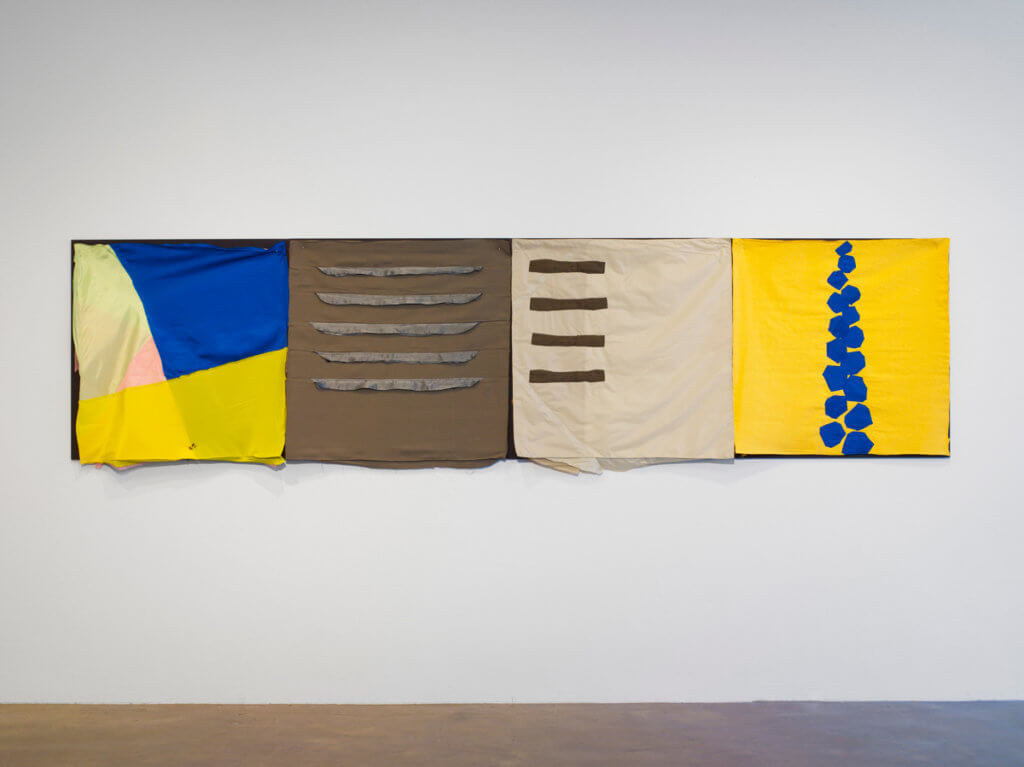Pace, one of the big five leading contemporary art galleries in the world represents more than 80 artists and estates, in New York, London, and Beijing. Their latest exhibition in London ‘The Critical Edge’ explores Richard Tuttle’s use of fabric to explore materiality, space and three-dimensionality. Kitty Harris talks with Mollie Dent-Brocklehurst, the director of Future\Pace, about the their recent teamLab exhibition, her previous role as director of the gallery and future plans.

Mollie Dent-Brocklehurst
LUX: Why did you choose teamLab, the interdisciplinary group of ultra-technologists, exhibition ‘Transcending Boundaries’ for Pace London?
Mollie Dent-Brocklehurst: We started working with teamLab a couple of years ago and we first showed their work in New York. It was this great kind of phenomenon in a way – we didn’t know what was going to come out of it but we were very excited about the group. So, the next thing we did, in our gallery in Palo Alto, San Francisco, where we had taken the old Tesla garage (a huge space!) was this massive teamLab intervention. There were about 10 or 12 environments and a whole teamLab kids program on the other side of the building. It was supposed to be up for three months but we ended up keeping for almost a year. We sold tickets, it was a visitor attraction and it was hugely successful. Off the back of that people were clamouring for us to bring it here. This is their first big exhibition in Europe, they had shown in Istanbul but not on this scale, so it had been in the pipe lines for a while. They had been in demand by everybody that we know.

TeamLab Transcending Boundaries
LUX: What was your vision for Pace London when it opened in 2012?
MDB: We are sort of formulating as we go along in London. I think that having thought through different business models we’ve decided that it should be a “Pace” gallery. We want to have a Pace gallery in London that shows the Pace gallery artists. Because they didn’t have a space here some of the artists who are hugely well known in America are less known here. We feel by showing them and introducing people to the work that is really the best thing we can do. There is a beautiful kind of poetry to the programme of Pace and it’s a sort of jigsaw puzzle that fits everything together. And actually, this new group of artists we’ve been working with, in art and technology, has always been something Pace has been interested in. James Turrell was very much involved in the art and technology program in California in the 1960s and so this tradition has come through – there is a link. We are fascinated by the idea of coding as an art form – all of the myriad of the possibilities to come.
Read next: Emerging designer, William Fan on the future of fashion
LUX: You’re bringing your American artists to London, such as your latest exhibition with Richard Tuttle. What about the European artists?
MDB: We’ve done some wonderful shows with European artists – Kevin Francis Gray who we showed a few years ago and who now has a show in New York and Adrian Ghenie is somebody we generated through this gallery and has a show on in New York. So certainly the gallery isn’t adverse European artists. There is a lovely feedback.

Flowers Bloom on People
LUX: What has been your greatest challenge in establishing Pace in London?
Mollie Dent-Brocklehurst: It’s been a great pleasure it’s such a great gallery and organisation. Making it tick. It’s an ongoing challenge for Elliot McDonald and Tamara Corm.
LUX: Having worked at the Gagosian in New York City, then at Garage in Moscow and of course, Pace London, how did your role as director differ in each of the countries?
MDB: Each role has been an older and more experienced version of me. So I don’t know if you can directly compare them. It’s been a really interesting journey being involved with two such important galleries and the different way they do things. But it’s really about the artists; you are here to serve the artists. To try and get inside their body of work and understand, promote and sell it. Whereas, Garage was a very different project – it was about communication and setting something up that would have a flavour of what the contemporary art world was doing but also speak to a Russian audience (who hadn’t seen much of what we were doing at the time). I guess the two gallery projects are comparable but Garage in Moscow was a very different thing.
Read next: The man who makes dream fragrances, Rami Mekdachi

Richard Tuttle
LUX: Tell us about your exciting new role as director of Future\Pace.
MDB: Yes! It’s a collaboration that I put together with a company called Future/City and the owner, Mark Davy, has been very instrumental in art place making in London over the last ten years. He is the most influential person in London, also now in Sydney and other places around the world. His company has been working closely with major developments and infrastructure projects to develop a public art program – and a really interesting one at that. They did Heathrow Terminal Two, the Crossrail and they are doing The Shard. We got together and put a group of artists, mostly Pace artists, into this kind of bubble and were going out and looking for specific projects for them. We won Lumiere’s ‘Illuminated River’ project with our artist Leo Villareal and various other projects are on the way.
Richard Tuttle, ‘The Critical Edge’ runs until 13th May at Pace London, pacegallery.com








